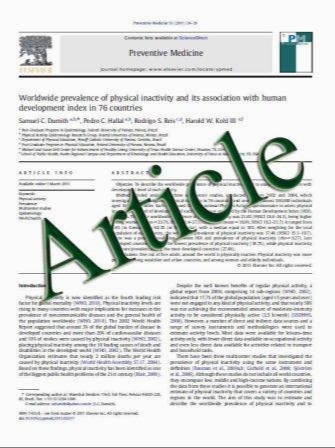Proximal femoral reconstruction using angle blade plate in aggressive lesions of proximal femur in children: treatment of three cases and review of literature
- نوع فایل : کتاب
- زبان : انگلیسی
- مؤلف : Vishal Kumar Pebam Sudesh Aditya Krishna Mootha Mandeep Dhillon Sandeep Patil
- چاپ و سال / کشور: 2010
Description
Purpose To describe three cases of aggressive lesion involving the proximal femur in children presenting with pathological fracture and its treatment in children under 10 years by reconstruction using angle blade plate. Methods Case records and radiographs of three children with aggressive lesion involving proximal femur were studied. One case of fibrous dysplasia, 1 case of aneurismal bone cyst and one case of chondroblastoma. All the three cases presented with pathological fracture of proximal femur. In all the three cases, the head of femur was unaffected, and we aimed at preserving the normal hip joint and hence avoiding a primary early total hip replacement in children. All were treated with a uniform approach consisting of biopsy, intralesional curettage and reconstruction using Angle blade plate as a primary reconstruction implant for stability and the bone gap being filled by fibular autografting. Results All three cases obtained satisfactory outcome after treatment with a mean follow-up of three and a half years in terms of range of motion and pain relief. All fractures healed, and there were no cases of avascular necrosis. Conclusion Angle blade plate is a good, cheaper implant with good stability and can be used in aggressive lesions other than its routine use in trauma. Fibular autograft can be used for reconstruction as this is a relatively simple procedure and needs no expertise. Results suggest that a uniform approach based on preservation of the femoral head can be applied successfully to the treatment of those locally aggressive lesions with good local tumor control, grafting with autologous fibula and mechanical stabilization with an angle blade plate.
Eur J Orthop Surg Traumatol (2011) 21:127–130 DOI 10.1007/s00590-010-0669-6 Received: 4 January 2010 / Accepted: 24 June 2010 / Published online: 15 July 2010


